It’s come to this: can Albanese save Labor’s furniture?
This week’s rates cut by the Reserve Bank were welcome – but will they be enough to save Anthony Albanese’s government?
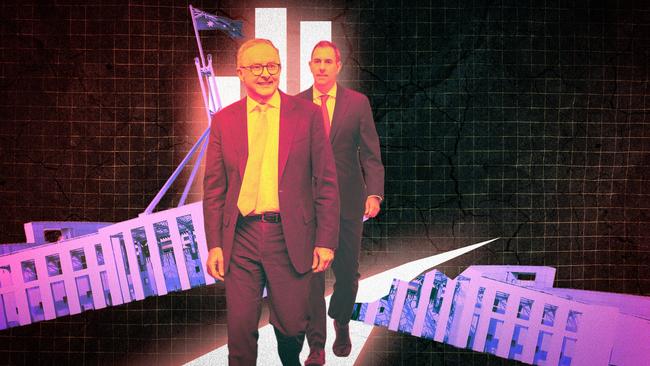
In 2013 Anthony Albanese joined Kevin Rudd to oust Julia Gillard as prime minister with the aim of “saving the furniture” for Labor from the impending catastrophic political fire at that year’s federal election.
After six years of internal tumult, instability, leadership challenges, bad decisions and horrendous polling, Labor faced a shellacking.
Extraordinarily, after just three years in power and with ministerial and leadership stability, Albanese as a first-term prime minister is faced once again with having to save Labor’s furniture – as well as his own leadership and government.
Although Tony Abbott picked up 18 seats and won the election in September 2013, the Labor view was that the loss would have been worse and that, as deputy prime minister, Albanese helped Rudd to limit the damage and gave the party a realistic shot at returning to government in two terms.
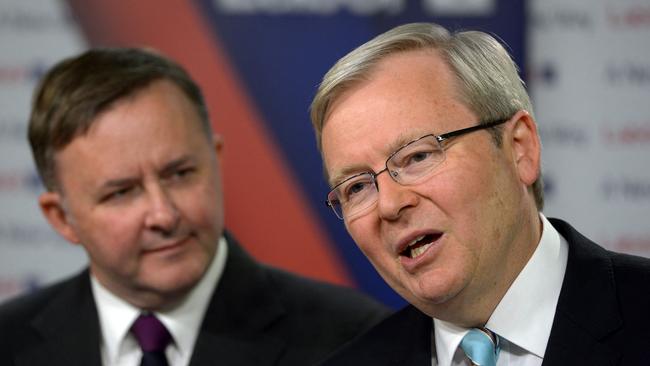
Indeed, thanks in part to the destructive ambition of Malcolm Turnbull, Labor went within just one seat of defeating the first-term Coalition government in 2016 and ensured Bill Shorten a second shot as opposition leader in 2019.
But now all the polling, by-election results and analyses show that support for the Albanese government has turned. Labor is at a record low and the Prime Minister’s net satisfaction approval rating has slipped below that of Peter Dutton (minus-21 to minus-10).
There has been a clear movement in public sentiment away from Albanese and the ALP, even in traditional Labor electorates, because of the high cost of living, renewable energy projects, distractions from the public’s top priorities and weak leadership.
Since last month, and now within weeks of a federal election being called, Labor’s support is even worse and the Coalition has developed a momentum that, if it continues, will certainly put the Albanese government into a minority and even could give the Opposition Leader an unlikely win.
Of course Albanese, with his stoic predictions of a return to majority government off the back of the strength of incumbency, an improving economy and criticism of a lack of a Coalition alternative, would say he’s not “saving the furniture from the fire but occupying the house”.
But an outbreak of anxiety and public pressure from Labor backbenchers calling for the Reserve Bank of Australia to cut interest rates belies Albanese’s own intent to remain calm and offer continued stability.
This week’s interest rate cut of a 0.25 percentage point for mortgage-holders has managed to get the political cut-through on the economy that Labor, through much of its own fault, had failed to achieve in almost three years.
Those on the highest mortgages and the lowest income will welcome the mortgage cut – passed on immediately by the banks – but the broader cost-of-living pressure remains and will be central to the election campaign and the outcome.
Albanese’s approach is to admit the interest rate cut is not enough, that high prices are still hurting people and more needs to be done. He argues that voters would have been personally worse off in the past three years if Dutton had been prime minister; that inflation would not have been lower; the economy is finally improving; and a Coalition government would be worse in caring for people than Labor.
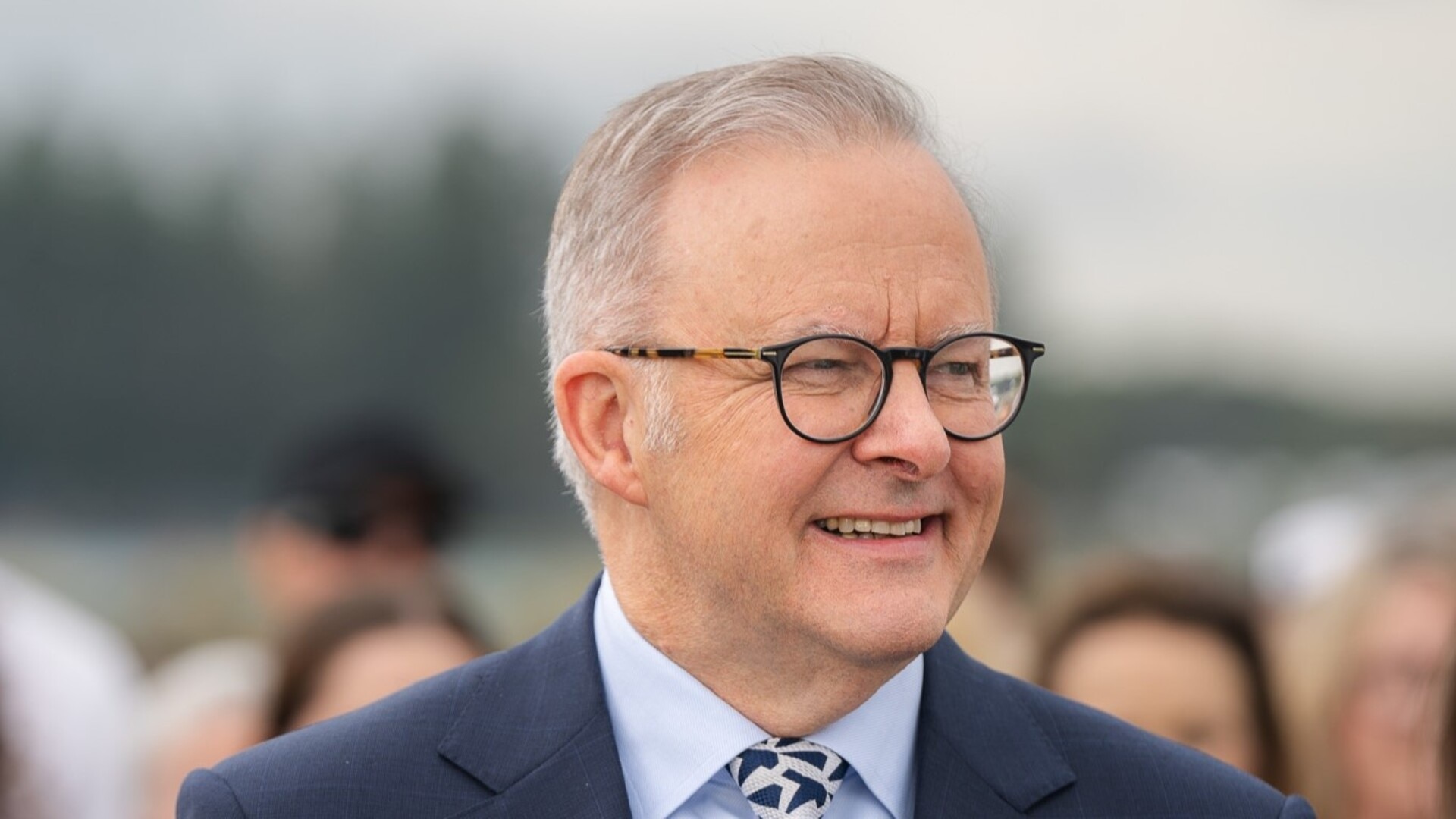
During an ABC radio interview in Tasmania this week, in a script that will be repeated hundreds of times in the weeks to come, Albanese said: “I’d say that we understand that Australians are doing it tough, that we’ve had a Covid crisis with all the shutdowns and wind back of the economy that occurred, and then we’ve had global inflation – had an impact not just here but right around the world.
“But under Labor inflation is down, wages are up, unemployment is low and now interest rates have started to come down, too. We inherited an inflation rate that had a six in front of it when we came to office.
“The previous government planned in its March budget just weeks before the election for a $78bn deficit under the Liberals; we turned that into a $22bn surplus. We’ve worked hard to get inflation down and Australians have worked hard. It’s now down to 2.4 per cent, which is a third of where it peaked. That’s a positive thing, but we know there’s a lot more work to do.”
Despite all the stability of leadership – so uncharacteristic since the departure of John Howard in 2007 – the stability of the ministry (likewise) and Albanese’s penchant for “no surprises”, Labor support has slowly drained as voter disillusion and disconnection have grown.
The failed Indigenous voice to parliament referendum, loss of public faith in immigration systems, housing shortages, the growth of violent anti-Jewish acts and concern about law and order have swamped whatever good economic news there was and heightened concerns about grocery, fuel and housing costs.
The plan to use an improving economic outlook, tax cuts, higher wages, lower inflation, energy rebates and generous wage payments in the care economy was getting nowhere.
But Tuesday’s Reserve Bank interest rate cut – about $100 a month for the average mortgage holder – has changed the equation, although it’s not the answer.
Jim Chalmers was quick to make the same point regarding the rate cut: “Now we don’t pretend that this rate cut will solve all of the challenges in the economy or all of the pressures on household budgets, but it will help and that is such welcome news for millions of Australians with a mortgage,” the federal Treasurer said.
The Reserve Bank’s ominous forecast of this being a one-off cut for a good while also has tempered the reaction.
For Albanese, who is trying to avoid making it look as if he is shifting deck chairs on the Titanic, it was welcome relief.
Yet even the rate cut added to the distraction, with fevered speculation about whether an election would now be called, as did The Australian Women’s Weekly photo spread on Albanese and Jodie Haydon’s proposed alfresco spring wedding with Toto as a canine ring bearer.
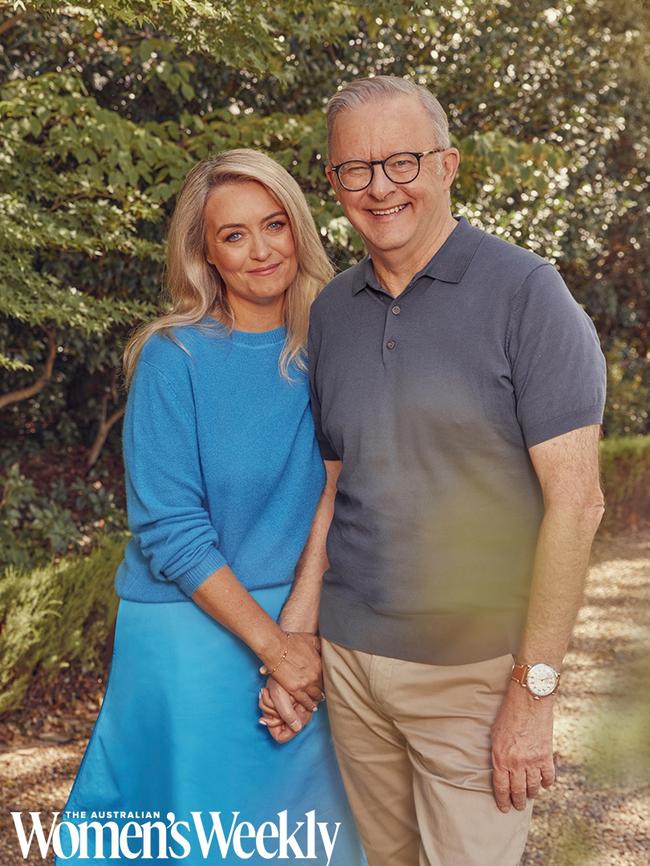
Even as he did more than a dozen interviews and media appearances to spruik the rate cut, Albanese had to fend off questions about when the election would be and try to kill speculation he was racing off this weekend to Government House to call a March poll.
Significantly, part of the call for calm from Albanese in the face of fevered speculation was his pledge to concentrate on the scheduled March 25 budget and what could be done to ease the cost of living.
Chalmers said his priority was the budget and he didn’t think the Prime Minister had decided when to call the election. The Treasurer – with an ear to Labor backbenchers wanting more giveaways – said measures such as the $300 energy bill cut, due to end in June, was always “under review”.
If Labor brings down a budget on March 25 there can be no March or April election and, as he has always said, the Prime Minister will have a May election – May 10 or 17.
Amid the rocketing expectations of an earlier election, for Albanese to continue to argue for fixed four-year federal parliamentary terms and then suddenly call an earlier election further damages his credibility.
More important, to cancel the budget’s economic planning and cost-of-living relief runs completely counter to the long-term strategy of pointing to an improving economy that Albanese says will be better under Labor than the Coalition.
This month’s interest rate cut allows Labor to exploit the cut-through with the public and argue things are getting better. To call the election the weekend after the rate cut because there probably won’t be a cut in April smacks of panic and ignores the almost certain decision from the RBA at least to hold rates where they are now after the first cut since 2020.
Albanese can argue – indeed, already is arguing – that rates are on their way down, wages are up, inflation is falling and jobs growth is strong. A Newspoll survey this week suggests Labor’s argument that the economy and cost of living would not have been better under a Coalition government has some traction.
On the negative side, not having a budget allows Dutton to turn the “scare” tables on Labor and argue that Chalmers and Albanese are afraid to produce economic forecasts with debt, deficit and inflationary spending and have secret plans to raise taxes to pay for the billions already promised for Labor’s second term. Labor has been targeting Dutton personally with a campaign to frighten voters about cuts to Medicare – including totally fabricated claims – and undisclosed spending cuts.
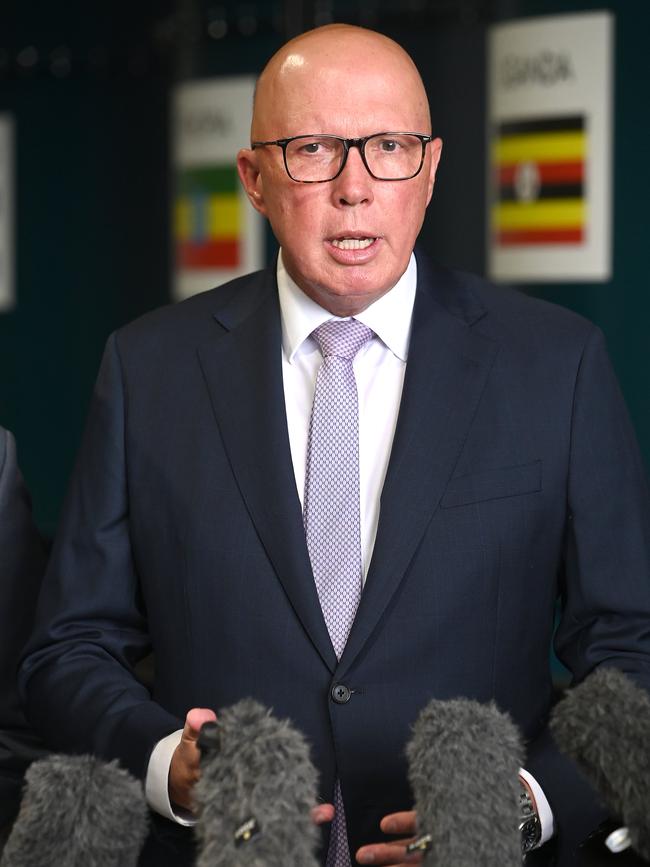
To dump the budget hands Dutton an even more effective scare campaign about Labor’s claims to economic management and the ability to use fudges this week that there were “no current plans” for changes to negative gearing tax exemptions and capital gains tax.
The weasel words of “no current plans” were used to describe the changes to the stage three tax cuts that were being considered by Treasury and being urged on Albanese by Chalmers at the beginning of last year.
Labor’s calls for Dutton to come clean on spending cuts ring hollow if the government itself will not produce a budget with forecasts and allocated spending.
Labor claims Dutton will finance his promised programs with cuts from essential services but the Opposition Leader can argue that Labor will finance its multi-billion-dollar promises with new taxes.
Albanese is in trouble and being urged to “go now” before it gets worse, but this week’s rate cut, unlikely to be followed by a rate rise at a time of falling inflation, is as close as it has been to getting better and he may decide more time is needed to save the furniture.





To join the conversation, please log in. Don't have an account? Register
Join the conversation, you are commenting as Logout